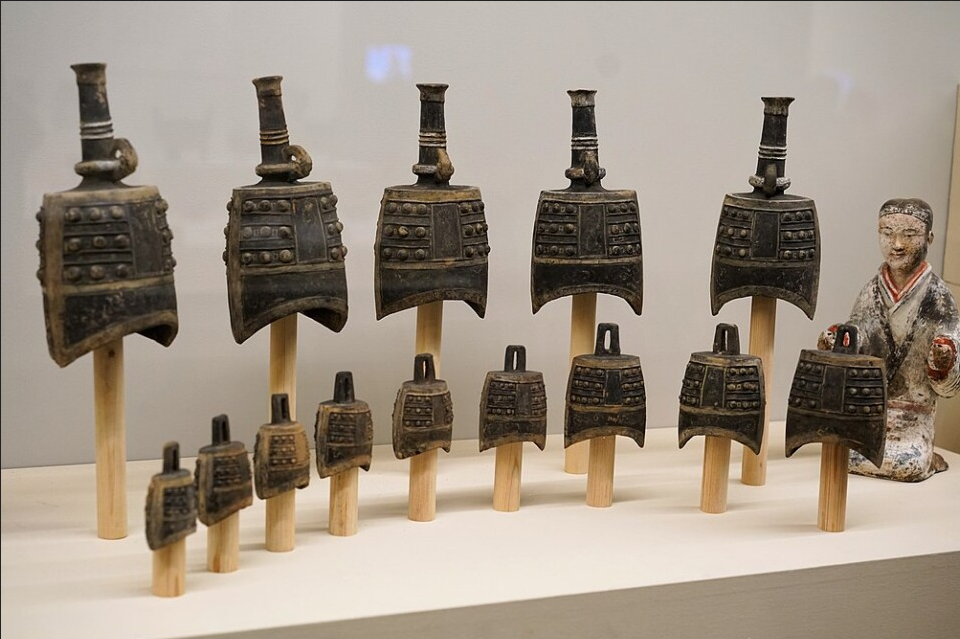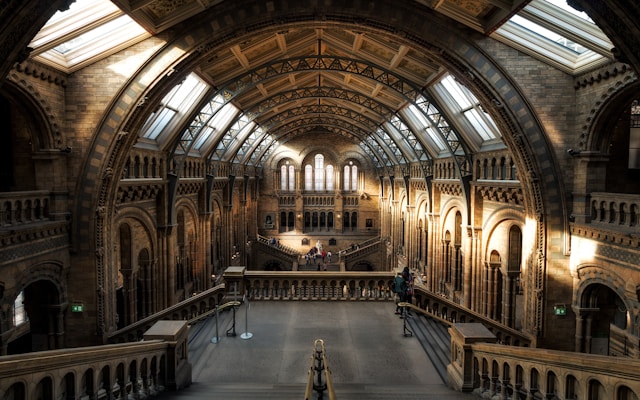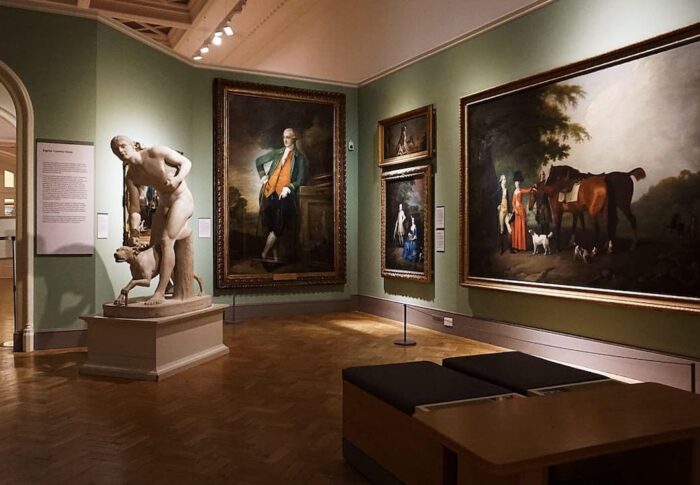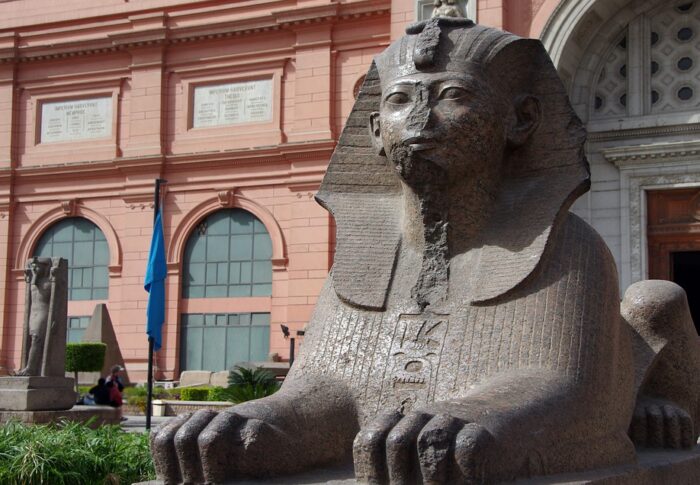
The Chinese Museum of Musicology
The Chinese Museum of Musicology had a good, even for our time, exposition of about 150 instruments – perhaps there were even more, but that is how many archaeologists managed to extract, and all of them have been preserved in good condition – you could take them and play them now. Among them were traditional whistles, pipes, lithophones (qing) and impressive bronze bells (zhong).
Chinese musical art can rightly be considered one of the oldest in the world, based on the five-sound system, the pentatonic. The ancient Chinese thinkers, mathematicians, courtiers, and cult representatives were engaged in musicology, as well as, quite possibly, in music-making. Confucius, for example, was fond of collecting folklore.
In confirmation of the existence of China’s ancient musical traditions, I will cite another unique discovery. In 1986, during the archaeological excavations in Henan Province, 25 bone flutes were found, which were believed to be 7,800 to 9,000 years old.
Wuyang (as they are called) bone flutes were made from wing bones of large birds. They are longitudinal or transverse wind instruments with fingerholes. Amazingly, most of these flutes have seven holes, allowing them to be used to play ancient Chinese tunes as well as Mozart symphonies and even the works of AC/DC. And this fact allows us to conclude that the ancestors of modern Chinese from the Stone Age were still those melomaniacs, used the seven-step sound scale and possessed a highly developed musical culture.




